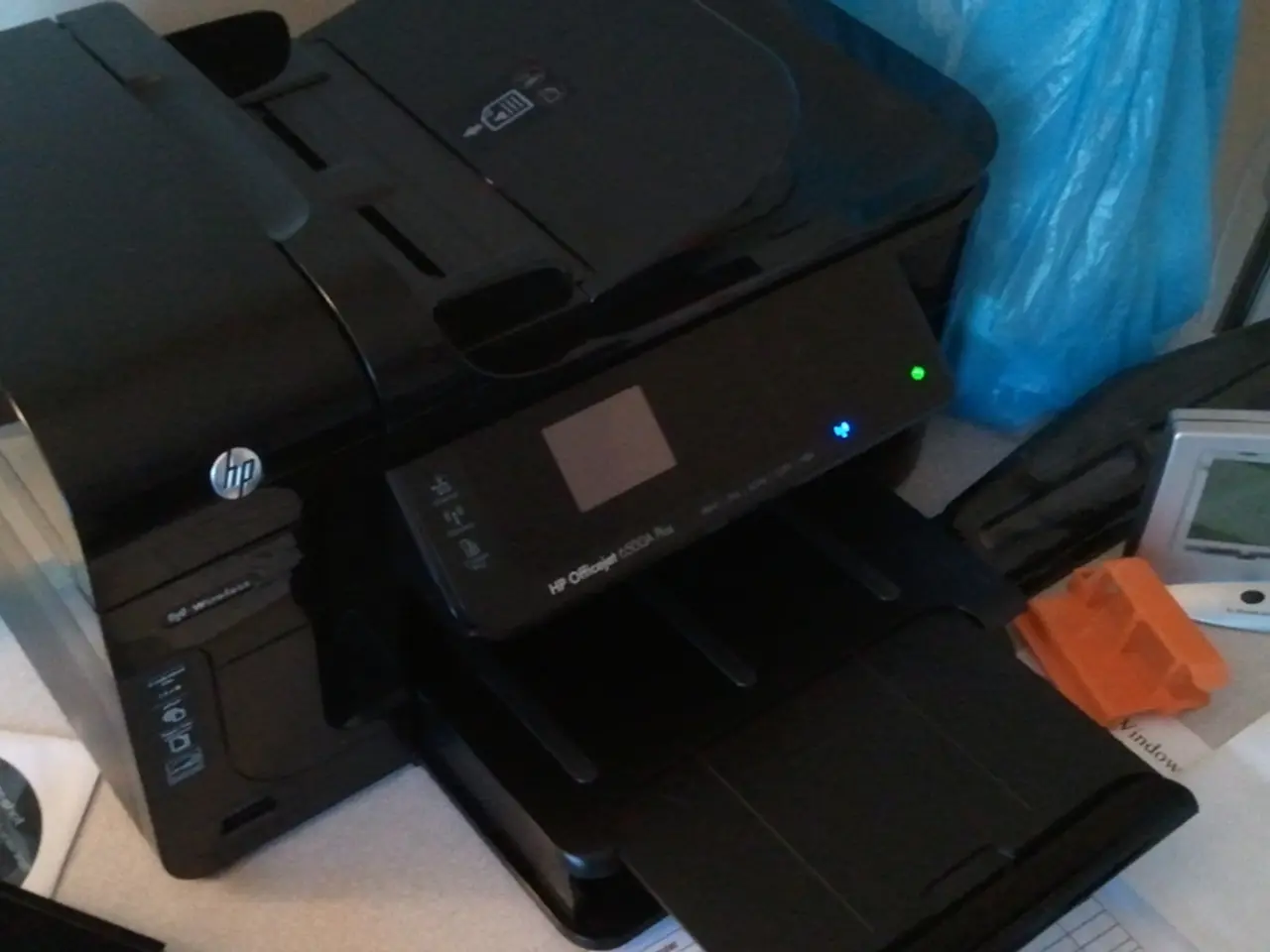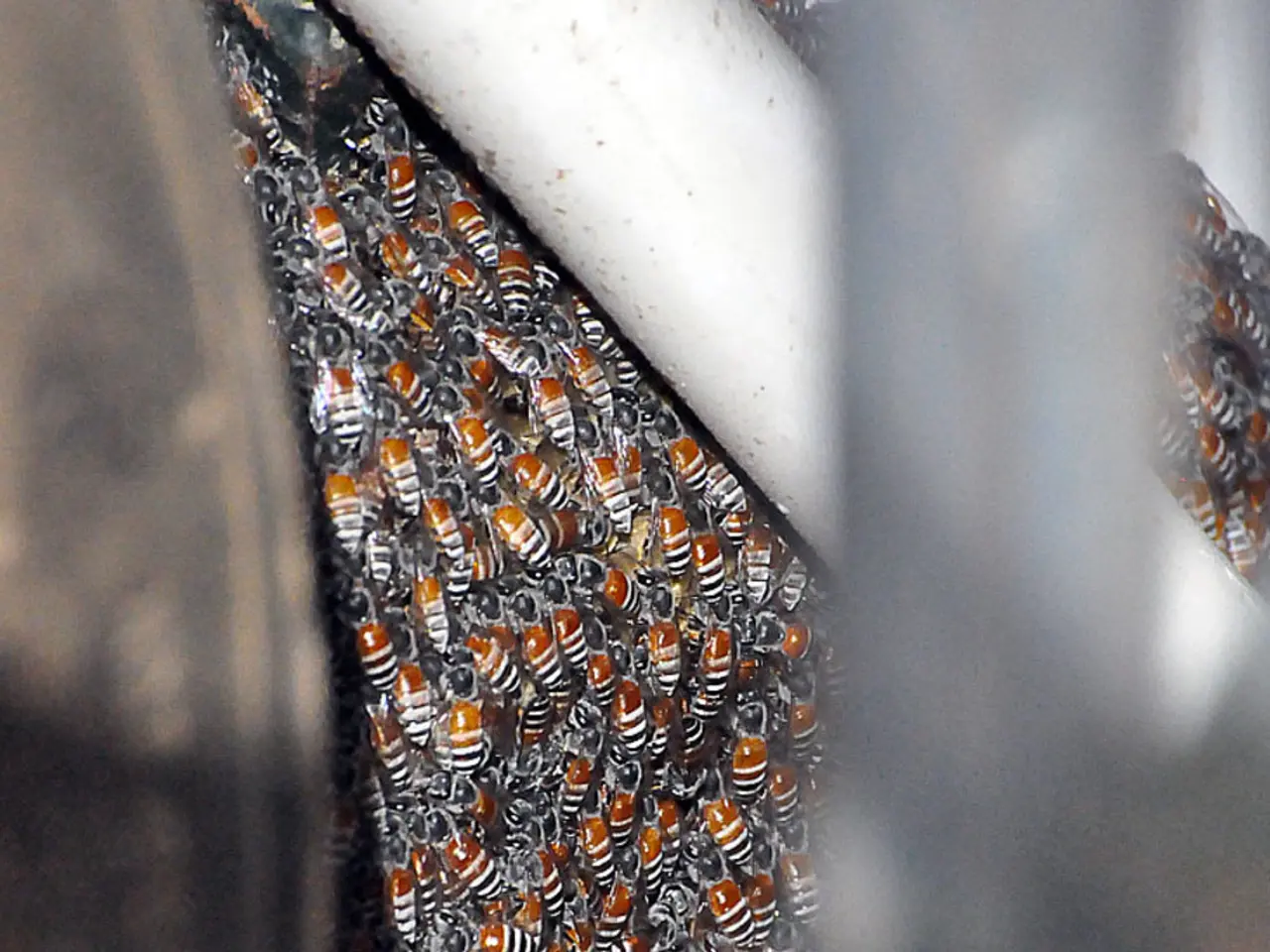Thermal Profiling in PCB Assembly refers to a process that evaluates the temperature distribution and changes over time during the soldering process to ensure optimal component placement and desoldering.
Creating a custom thermal profile for PCB assembly during solder reflow or wave soldering is a crucial step to ensure optimal soldering conditions for components. Here's a comprehensive guide on how to create an effective thermal profile for your PCB components.
**Component Selection and Review**
The process begins by identifying all components on the PCB, taking note of their thermal sensitivity and requirements. Consulting the datasheets for each component helps understand their recommended soldering temperatures and profiles.
**Pre-Heating**
Gradually increase the temperature to prevent thermal shock. A common ramp-up rate is 1-3°C per second. Use a pre-heating zone to remove moisture and volatiles from solder paste, reducing the risk of defects.
**Soak Zone**
Maintain a stable temperature to ensure consistent heating of the board and components. This zone helps in achieving a uniform temperature distribution. The soak time should be long enough to allow the entire board to reach a consistent temperature but not so long that it causes component damage.
**Reflow Peak**
Set the peak temperature based on the solder type and component specifications. Keep the reflow peak brief to prevent overheating components.
**Cooling**
Gradually cool the board to solidify the solder joints without causing thermal stress. Ensure the board returns to near room temperature to prevent warping or component damage.
**Testing and Validation**
Use thermal profiling equipment to monitor and adjust the reflow profile as needed. Verify that the components are not damaged by the thermal profile through functional testing.
**Tools and Techniques**
Thermal profiling tools, such as thermocouples or thermal imaging, are essential for monitoring board temperatures. Solder simulation software can be employed to simulate and optimize the reflow process before actual testing.
**Considerations**
Different solder types require distinct thermal profiles due to their melting points. Tailor the profile to accommodate specific component thermal limitations.
Other key considerations include the use of thermal barriers to protect data loggers from extreme heat, virtual profiling for a more efficient and non-intrusive alternative to traditional thermal profiling methods, and profiling software to analyze and archive temperature data, generating actionable insights.
By following these steps and considering the specific requirements of your PCB components, you can create an effective thermal profile for both reflow and wave soldering processes.
In the manufacturing industry, understanding the financial aspects of optimizing thermal profiles for PCB assembly is crucial for reducing costs associated with defects and component damage caused by inappropriate soldering conditions. Effective utilization of technology in the form of thermal profiling tools and simulation software can help improve the efficiency of the thermal profile creation process and ensure a high-quality end product.




